Species Photo Gallery for Stenocranus vittatus No Common Name |
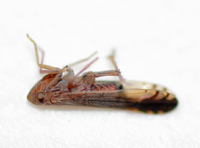 | Photo by: Kyle Kittelberger
Wake Co.
Comment: mixed hardwood forest habitat |  | Photo by: Kyle Kittelberger
Wake Co.
Comment: mixed hardwood forest habitat |
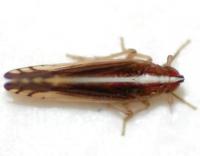 | Photo by: Kyle Kittelberger
Wake Co.
Comment: mixed hardwood forest habitat |  | Photo by: Randy Emmitt
Orange Co.
Comment: uv light - unid_planthopper |
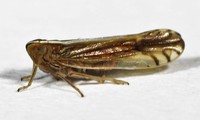 | Photo by: Rob Van Epps
Mecklenburg Co.
Comment: ID based on lengths of hind tibia and tarsus. Came to UV light in back yard. |  | Photo by: Ken Kneidel
Mecklenburg Co.
Comment: 5.6 mm female |
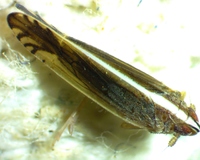 | Photo by: Ken Kneidel
Mecklenburg Co.
Comment: 5.6 mm female |  | Photo by: Ken Kneidel
Mecklenburg Co.
Comment: 5.6 mm female |
 | Photo by: Ken Kneidel
Mecklenburg Co.
Comment: 5.6 mm female |  | Photo by: Ken Kneidel
Mecklenburg Co.
Comment: 5.6 mm female |
 | Photo by: Margarita Lankford
Orange Co.
Comment: https://www.inaturalist.org/observations/50620313 | 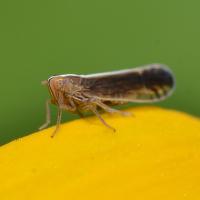 | Photo by: Margarita Lankford
Orange Co.
Comment: https://www.inaturalist.org/observations/50620313 |
 | Photo by: Margarita Lankford
Orange Co.
Comment: https://www.inaturalist.org/observations/50620313 | 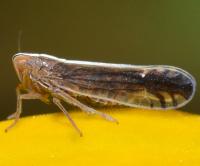 | Photo by: Margarita Lankford
Orange Co.
Comment: https://www.inaturalist.org/observations/50620313 |
 | Photo by: Ken Kneidel
Mecklenburg Co.
Comment: 5.2 mm female, collected in a sweep through a weedy detention basin, hind tibia 1.7 X hind foretarsus | 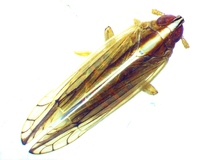 | Photo by: Ken Kneidel
Mecklenburg Co.
Comment: 5.2 mm female, collected in a sweep through a weedy detention basin, hind tibia 1.7 X hind foretarsus |
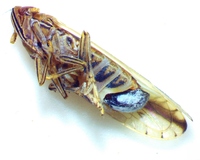 | Photo by: Ken Kneidel
Mecklenburg Co.
Comment: 5.2 mm female, collected in a sweep through a weedy detention basin, hind tibia 1.7 X hind foretarsus |  | Photo by: Ken Kneidel
Mecklenburg Co.
Comment: 5.2 mm female, collected in a sweep through a weedy detention basin, hind tibia 1.7 X hind foretarsus |
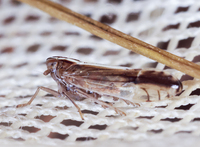 | Photo by: John Petranka
Dare Co.
Comment: Hind tarsus length > tibia? |

 »
»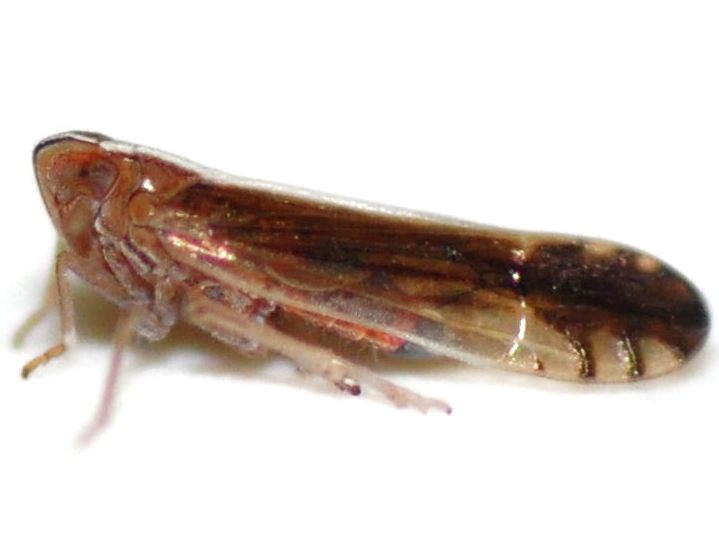



 »
»

